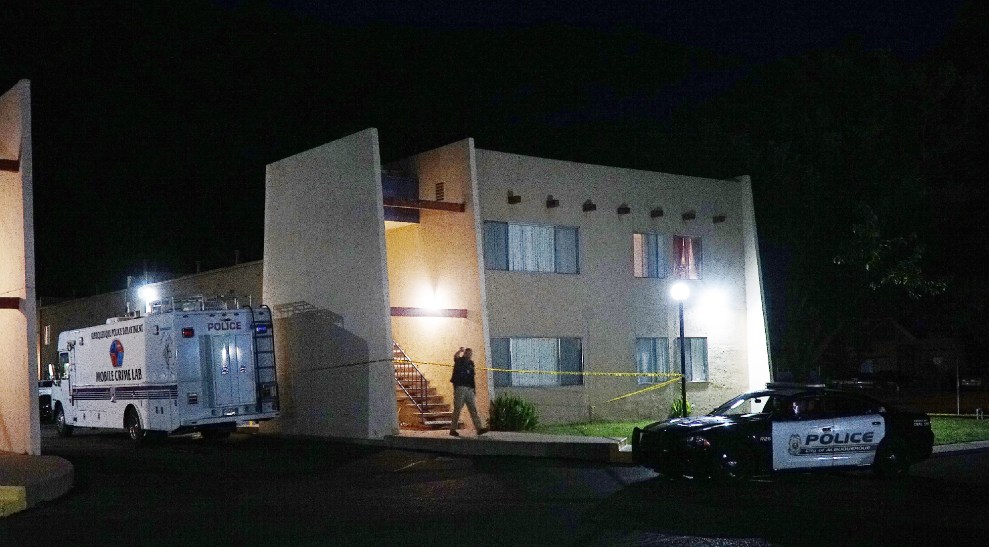
Adolphe Pierre-Louis/Albuquerque Journal/ZUMA
Alex Tabarrok reviews Franklin Zimring’s When Police Kill and notes the following:
A surprising finding:
Crime is a young man’s game in the United States but being killed by a police officer is not.
The main reason for this appears to be that a disproportionate share of police killings come from disturbance calls, domestic and non-domestic about equally represented. A majority of the killings arising from disturbance calls are of people aged forty or more.
I can’t fool you guys. You know what I’m going to say, don’t you? A likely explanation for this is that in 2015, when this data was collected, 20-year-olds were born around 1995 and grew up lead free. This means they were far less likely to act out violently than in the past. Conversely, 40-year-olds were born around 1975, right near the peak of the lead poisoning epidemic. They are part of the most violent, explosive generation in US history.
This is the saddest part of lead poisoning: it scars your brain development as a child and there’s no cure. If you’re affected by it and are more aggressive and violent as a result, you will be that way for the rest of your life.

















